I’ve had the privilege of speaking at two education technology (edtech) industry events in the last few weeks: the Holon IQ EdTech Top 50 announcement event and an EduGrowth webinar on Product Development for scaling EdTech.
What struck me about the industry trends shared in the Holon IQ event was not the exponential growth in the Australian edtech sector, or even the huge growth in the K-12 edtech space.
It was the fact that the vast majority (71%) of our edtechs are focused on supporting and improving learner outcomes from existing systems in the industry.
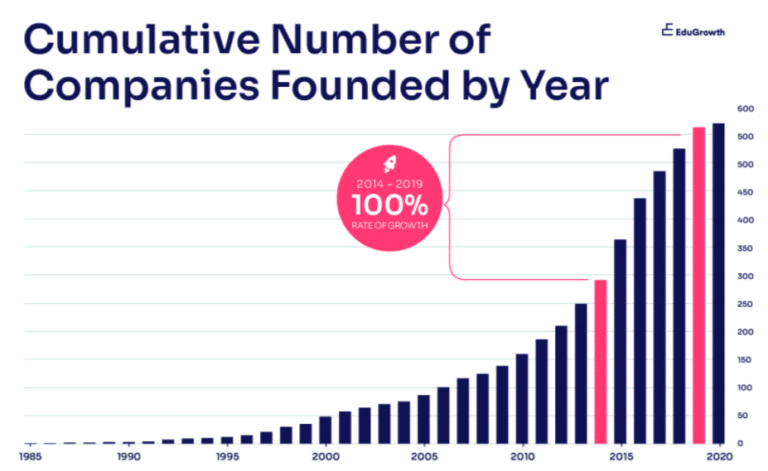
As David Linke, Managing Director of EduGrowth, pointed out, that’s a great thing for governments across the country because it means we’re supporting a sector we want to be in, not displacing it.
While most edtechs are building student management systems (8%), learning management systems (14%), administration systems (16%), and content or content management systems (52%) … very few are building data analytics products.
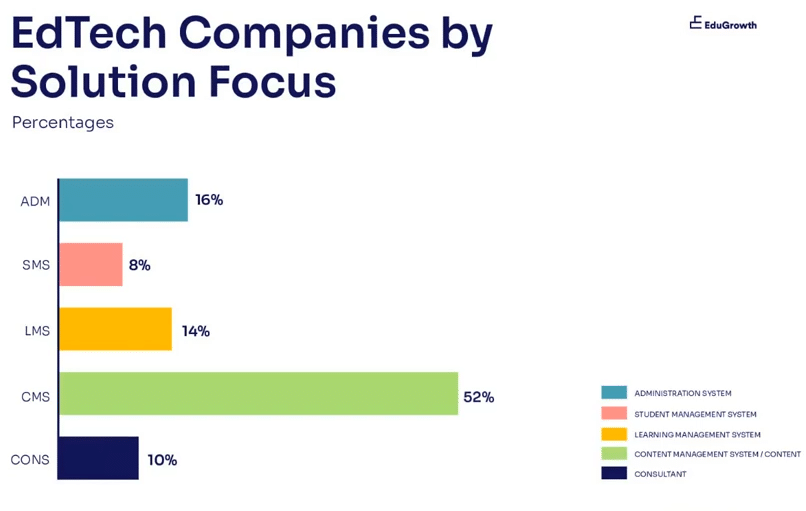
As a Director of ICT for K-12 schools in my past life, I had trouble procuring an analytics solution suitable for a school. That’s what led me down a path to eventually founding Octopus BI – a story for another day.
Today, there are still very few Australian companies providing a data analytics layer that’s built especially for the education sector. Interestingly, Octopus BI is one of the only companies in data analytics in the Holon IQ ANZ most promising EdTech Top 50:
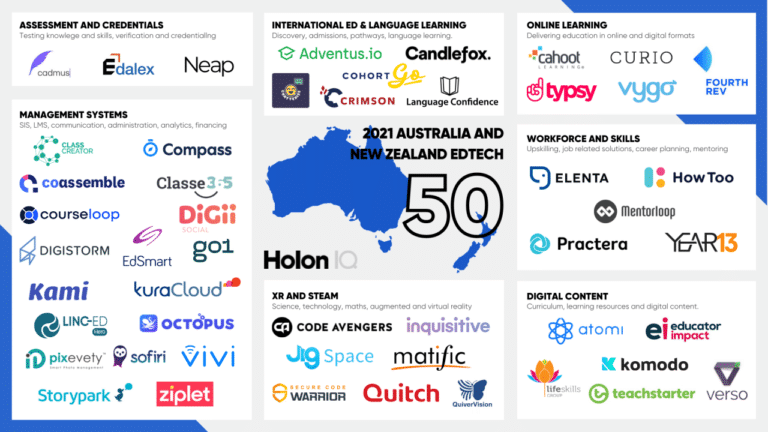
Why edtech systems need data analytics
Analytics are so important to education because they allow institutions to see not only how well their systems are being used (and thereby justify their ongoing cost), they also contain invaluable insights into the way students learn and how they’re progressing. Analytics tell institutions what is working and what isn’t.
Technology is at the core of our children’s education more than ever before. We know education institutions now collect terabytes of data: everything’s digital.
We know, especially from the pandemic, that understanding data, and using it to inform decision making, identify risks and intervene early, is more critical than ever before.
Schools are still leveraging large student management and learning systems like Sentral, Compass, and TassWeb that have been in place for a long time. But they’re also adopting smaller, often free apps (like Google Classroom and Moodle) and adding to their list of survey-related and instructional design tools all the time.
Getting these to talk to each other and work together in a connected ecosystem is a big challenge, but the opportunity for reward is huge. It means that the education insights tucked inside these multiple systems become highly accessible and easy to transform into meaning – and action.
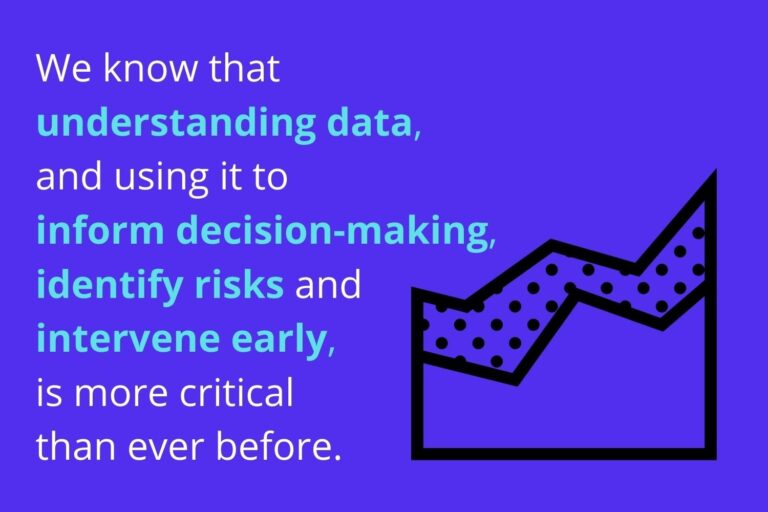
Teachers aren’t data scientists or analysts, yet the expectation is that a modern educator will be making data-based decisions in the classroom and provide data-informed instruction.
Unfortunately, edtech companies contribute to this problem because they struggle with their own data and with the challenge of making that data available to external parties.
Data is a key requirement for every customer going through a renewal or any significant procurement process. But for a company to build their own technology, especially in the data analytics space, that requires a two-year and seven-figure investment.
So, I think edtech companies have an important decision they need to make when it comes to enabling analytics for their product.
If they can leverage an existing vendor in the market and realise the top line opportunity within six months – for many edtech Founders, that’s a no brainer.
Partnering for better education outcomes
A data analytics layer can sit on top of any edtech platform and add additional data capability to its products and services.
As a partner-led company working with a diverse client base in different geographies, we’re learning a lot about what insights matter to each market. Here’s a quick breakdown:
Data Analytics for K-12
In K-12, it’s all about student growth, achievement and learner wellbeing. We always talk about a ‘21st Century learner’ and with learning analytics, now schools are able to access more insight than just grades or attendance.
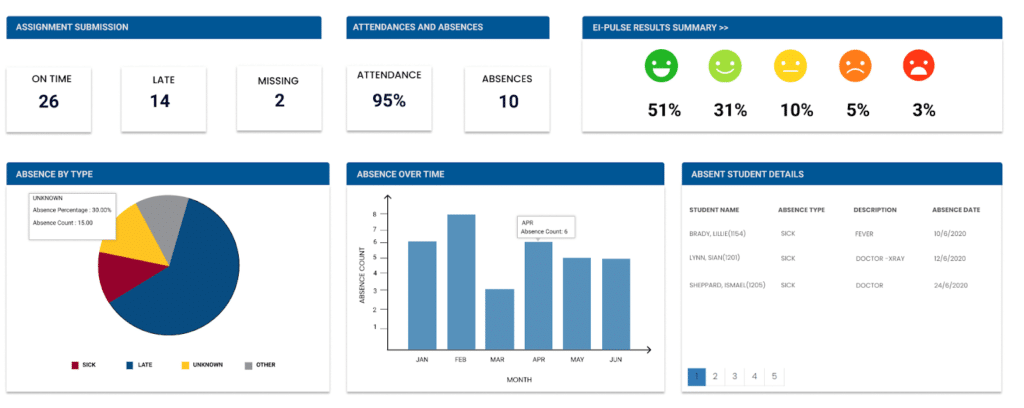
Data Analytics for tertiary, higher education and vocational education and training (VET)
In this space, I’m seeing the most important factors are student experience, course completion, and wellbeing. Our newly announced partnership with ReadyTech has us working together to identify different kinds of risks that can contribute to attrition and extend their product capabilities to help address this.
The idea is to give actionable insights to their clients before it’s too late, so they can help out their students.

How these institutions understand the end-to-end student experience is key to their ability to manage their retention rate, which in turn affects their image, academic reputation and even financial and future plans for development.
Data Analytics for Corporate L&D
Enterprises are increasingly looking at reskilling and upskilling employees and evolving their learning and development (L&D) practices. Often the reason is compliance-related, but increasingly, it’s to differentiate themselves as a high impact learning organisation and attract and retain talent.
Forward thinking institutions are investing in platforms to collect and manage data on compliance as well as engaged employees, especially in remote environments. Platforming L&D means institutions can manage it centrally and plan employee progress, development and motivation (as well as visualise business performance).
I’m excited about our partnerships in this space, most recently with a micro-credentialing company and an automotive dealer running world class training programs for their employees.
With analytics integration and data visualisation via dashboards, our partners can now quickly gain a picture of their clients’ and employees’ level of knowledge, qualifications and certification. That visibility is extremely important to them for understanding, for example, who can work on a new Electric Vehicle planned for release.
COVID-19 was a catalyst for digital transformation in K-12, higher education, vocational training and workplace L&D, but the transition is not complete. In the years to come, education will shift more into the digital space as infrastructure, institutions, and governments catch up to technology, making education analytics even more sought after.
If we can translate the explosion of education data into meaningful insights, institutions will make better decisions around edtech investments and modern learner journeys.
The key takeaway for me is that every edtech in Australia has something valuable to contribute to the education ecosystem and, as different players become experts in different areas, this benefits the whole.
Through partnerships, we share our advancements among the group and enhance each other’s products, services and collective learnings. In turn, we will lift up the whole industry and realise the promise of education technology and learning analytics within more institutions and for more students in Australia, and around the world.




